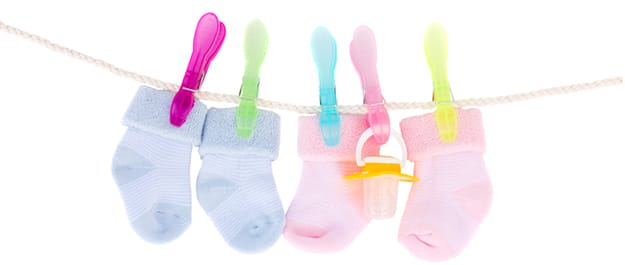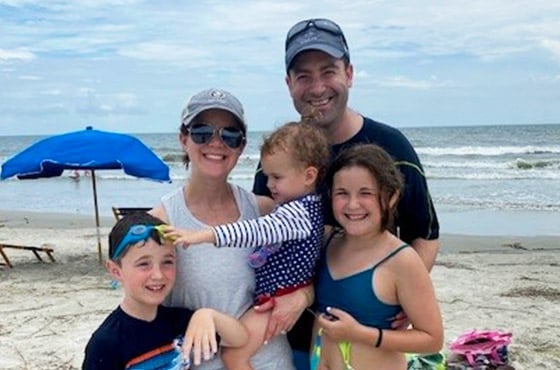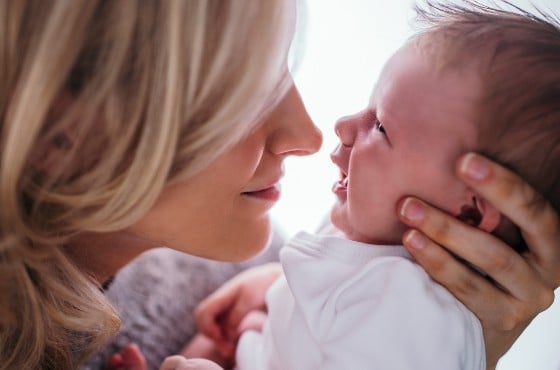
When you have to pay out of pocket for a child via fertility treatment – doesn’t it make sense to hope for multiple births (twins or triplets)? It will save your body and wallet some pain… right?
Hoping for Multiple Births
Recently in the Wall Street Journal, two women who had delivered twins and fertility specialists shared their experiences about multiple births. Women like Nikki David and Jackie Hazlett both had in vitro fertilization (IVF) to conceive.
At 33, Nikki knew that chances of conception decreased as she go older which was one of the reasons she was hoping for twins, “We can’t necessarily afford to do this again. I would be older the next time around… There were so may reasons why we’re like, ‘Please let it be twins, please let it be twins.'”
Jackie had been required to complete multiple rounds of fertility treatment as required by her insurance, prior to moving on to advanced treatment, like IVF. She wanted to have twins to boost the chance of conception simply to not have to put her body through more treatment. Jackie ended up conceiving twins after transferring two embryos. Her twins were born five weeks early and spent ten days in intensive care.
- Read the complete Wall Street Journal article “Fertility Study Warns of Risks From Multiple Births.”
Educating Against Multiple Births
While twins may often feel like a blessing, the reality is that there can be lots of complications including premature birth – as Jackie experienced – as well as, cerebral palsy, blindness, retardation and congenital malformations.
For fertility specialists, like Shady Grove Fertility’s Eric A. Widra, M.D., it comes down to educating the patient on the best option for them. With the advancements in freezing embryos, “I can tell a 37-year-old if two of these embryos are going to be babies, they’ll be babies one at a time or two at a time.”
Elective single embryo transfer (eSET) is often recommended for women younger and have strong embryos. At SGF, women under 37 opted to transfer only one embryo in 34 percent of cycles. This number decreases dramatically after the age of 40, with only 1.3 percent of fresh IVF cycles in women 41-42 opting for single embryo transfer, due to lowered pregnancy rates.
Balancing Multiple Births and Pregnancy Rates – Financial Options
Patients should be educated on their options, as the choice is ultimately theirs on how many embryos to transfer.
Balancing the risk of multiple births with chances of pregnancy for any given cycle is not an easy option. Which is why programs like SGF’s Shared Risk 100% Refund Gaurantee for IVF and Donor Egg can help. For one upfront fee, patients receive up to six fresh cycles of IVF or donor egg treatment, as well as any resulting frozen embryo transfers. Not having the financial pressure helps many women make the best choice for their body and family, not just what they can afford.
Like Jackie, many women have to follow guidelines based on their insurance providers. Helping get improved regulation and insurance mandates for fertility care is a large initiative for organizations like RESOLVE. There are continued efforts to reach out to lawmakers, educate them on fertility care, and pass legislation that improves coverage. You can reach out to your Senator or Representatives by making a call or sending a letter. Click here to learn more about the Family Act.
- Read the complete Wall Street Journal article “Fertility Study Warns of Risks From Multiple Births.”
If you have questions about fertility or are ready to schedule an appointment at Shady Grove Fertility, please speak with one of our New Patient Liaisons at 877-971-7755.






